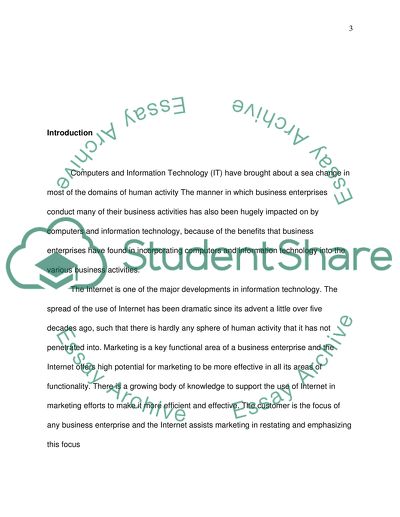Cite this document
(“Evaluation of the use of Internet Marketing in the Home Appliances Research Paper”, n.d.)
Retrieved from https://studentshare.org/marketing/1413963-evaluation-of-the-use-of-internet-marketing-in-the-home-appliances-sector-in-india
Retrieved from https://studentshare.org/marketing/1413963-evaluation-of-the-use-of-internet-marketing-in-the-home-appliances-sector-in-india
(Evaluation of the Use of Internet Marketing in the Home Appliances Research Paper)
https://studentshare.org/marketing/1413963-evaluation-of-the-use-of-internet-marketing-in-the-home-appliances-sector-in-india.
https://studentshare.org/marketing/1413963-evaluation-of-the-use-of-internet-marketing-in-the-home-appliances-sector-in-india.
“Evaluation of the Use of Internet Marketing in the Home Appliances Research Paper”, n.d. https://studentshare.org/marketing/1413963-evaluation-of-the-use-of-internet-marketing-in-the-home-appliances-sector-in-india.


